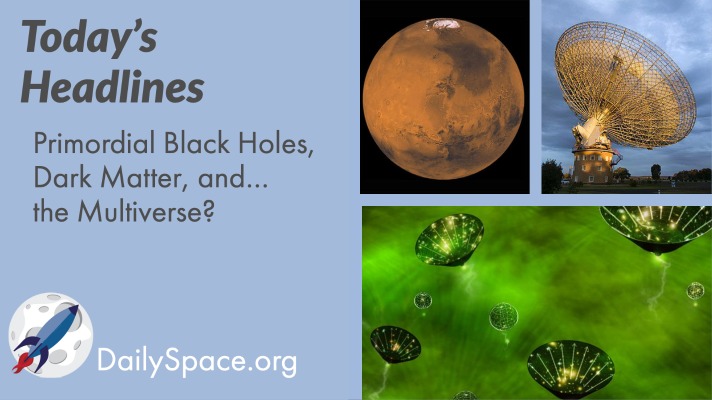
Jan 6, 2021 | Active Galaxies, Astrobiology, Cosmology, Daily Space, Earth, ESA, Mars, Science, Space History, Stars
Theoretical physicists have found a way to possibly detect primordial black holes which could lead to answers about dark matter and maybe even the existence of a multiverse. Plus the age of the Universe, a wobble in Mars’ axis, and that pesky candidate signal from Proxima Centauri.
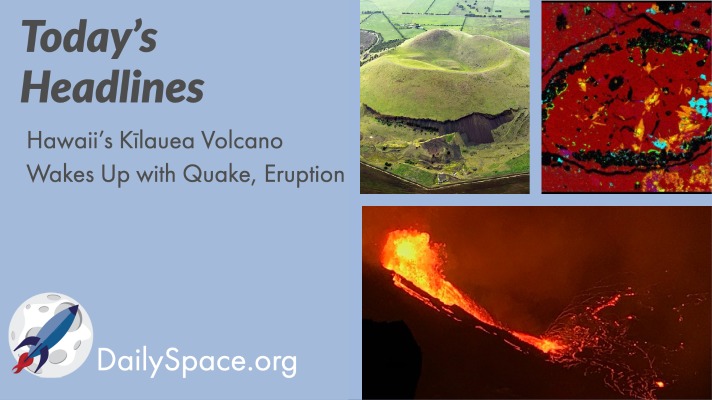
Dec 22, 2020 | Asteroids, Comets, Daily Space, Earth, JAXA, Jupiter, Observatories, Saturn, Science
USGS volcanologists and seismologists have been working around the clock to collect data on Kīlauea’s latest eruption after two years of dormancy. Plus, all the volcano news you can handle, as well as a meteorite, an asteroid, and a comet, oh my!
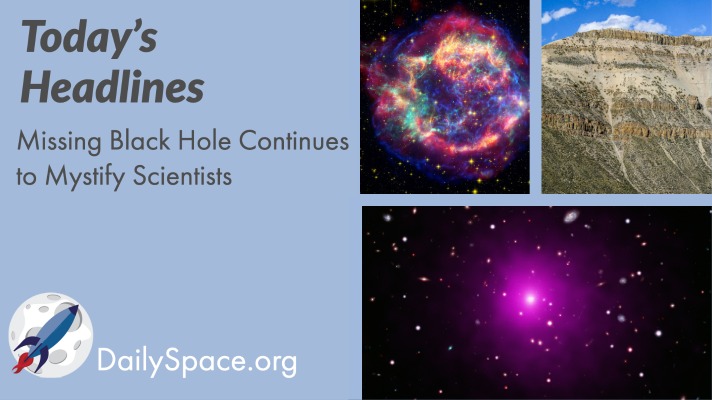
Dec 21, 2020 | Curiosity, Daily Space, Earth, ESA, Galaxies, Mars, Neutron Stars / Pulsars, Stars, Supermassive Black Holes, Supernovae, White Dwarfs
A massive black hole should be in the galaxy cluster Abell 2261. Observations with Chandra and Hubble haven’t located it. Plus, classifying supernovae with AI, neutron stars, the lithium composition problem, and more planetary science.
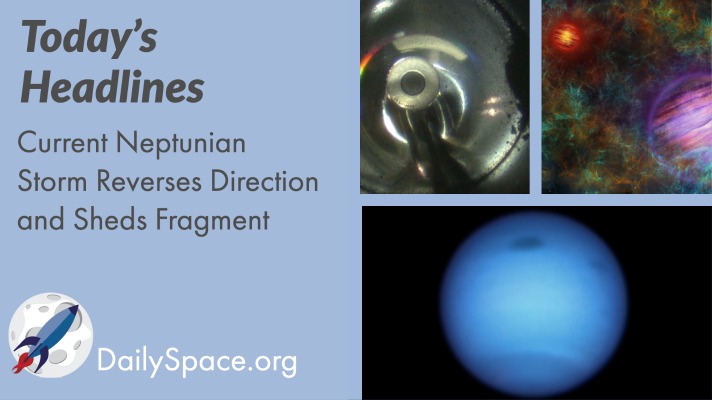
Dec 18, 2020 | Asteroids, Brown Dwarf, Daily Space, Earth, Exoplanets, JAXA, Jupiter, Neptune, Planets, Saturn, Sky Watching, Space China, The Sun
Scientists using Hubble to track storms on Neptune found that a current storm has reversed direction and possibly shed a fragment. Plus, an update on Hayabusa2’s sample return, a non-technological radio emission from an exoplanet, This Week in Sky Watching, and more!
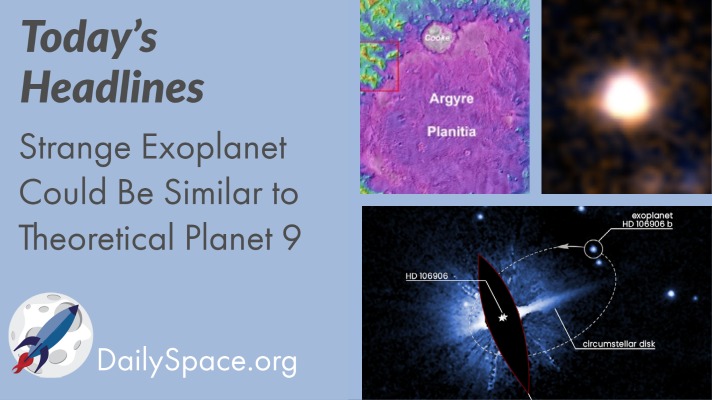
Dec 16, 2020 | Asteroids, Astrobiology, Book Club, Daily Space, Exoplanets, Galaxies, Guest Interview, JAXA, Jupiter, Mars, Our Solar System, Planets, Science, Sky Watching, Uranus
HD 106906 b is an exoplanet 336 light-years away, 11 times the size of Jupiter, and possibly an analog of our own not-yet-discovered Planet 9. Plus, a large body of water ice has been discovered on Mars, and we interview lead author Dan Berman of the Planetary Science Institute. Also included, stories on Jupiter, Uranus’s moons, a young galaxy, and how space weather impacts habitability.

Dec 11, 2020 | Asteroids, Citizen Science, Cosmology, Daily Space, Earth, Exoplanets, Galaxies, Jupiter, Physics, Saturn, Sky Watching, The Sun
Scientists have found a method to use gravitational waves for understanding the early universe. Plus, an exoplanet with no atmosphere, spiders in space (CW), citizen science, and X-ray bubbles in the Milky Way. And the first of our new weekly segment: This Week in Sky Watching.








 We record most shows live, on Twitch. Follow us today to get alerts when we go live.
We record most shows live, on Twitch. Follow us today to get alerts when we go live.